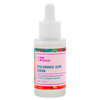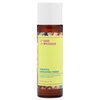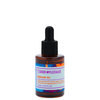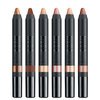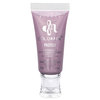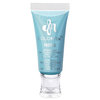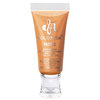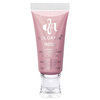
Have you ever found a new dot on your body and wondered where it came from? Everyone has a mark somewhere, and no one has perfectly clear skin. How many birth marks, freckles, or moles you have is related to genetics, but new spots can also appear over time (especially if you are in the sun a lot). But how do you know when one is potentially dangerous? The FDA has just approved MelaFind, a new device that analyzes digital pictures of skin grown to help determine which lesions may have signs of cancer. Before this new technology hits dermatologists' offices, Beautylish chatted with dermatologist Fredrick Brandt, M.D., to find out the important differences between skin spots—and how often you should have them checked out.
What's the difference between spots?
"A beauty mark is usually just a mole," says Dr. Brandt. "A mole is a growth of cells that grow beneath the skin's surface, and it can present itself with or without pigmentation." Moles can be flat or raised and come in multiple colors (usually darker than the surrounding area), and some even grow hair. "A freckle is an epidermal lesion," explains Dr. Brandt. "It is pigmentation in the upper layers of the skin." Often these flat pigments form in a cluster and become darker the more you are in the sun. This is because ultraviolet rays rev up the production of melanin in order to protect the skin layers underneath. Melanin is what gives skin its color. As for a birthmark, "you are usually born with this splotch or it can appear shortly after birth. It can be a mole, vascular lesion, or any type of pigmented lesion on the skin," says Dr. Brandt.
How do you know if a spot is potentially dangerous?
"If a spot changes in size or color, it can be dangerous," says Dr. Brandt. "Everyone should have a skin exam once a year, if not more, especially if you are prone to skin cancer." No one knows your body better than you do, so check for new spots regularly. In fall, you may discover spots that have formed—or some that are fading—from your summer months in the sun. Don't freak out about the loss or gain of dots, but if you are worried about any, see a dermatologist to determine what it is.
You Might Also Like
-

Expert Skin Care Advice
How to Moisturize Properly, According to Science
- 10
-

Expert Skin Care Advice
What is Retinol?
- 320
-

Blemish & Acne Treatments
So Long, Summer Breakouts!
- 77
-

Expert Skin Care Advice
What's That Spot?
- 32
-

Expert Skin Care Advice
Banish Your Bacne
- 221
-

Top 3
Our Favorite Cleansing Milks for Soft Skin
- 160
-

Skincare
What's Your Skin Doing While You Sleep?
- 282
-

Shampoo
Beat Psoriasis Like Kim Kardashian!
- 69




